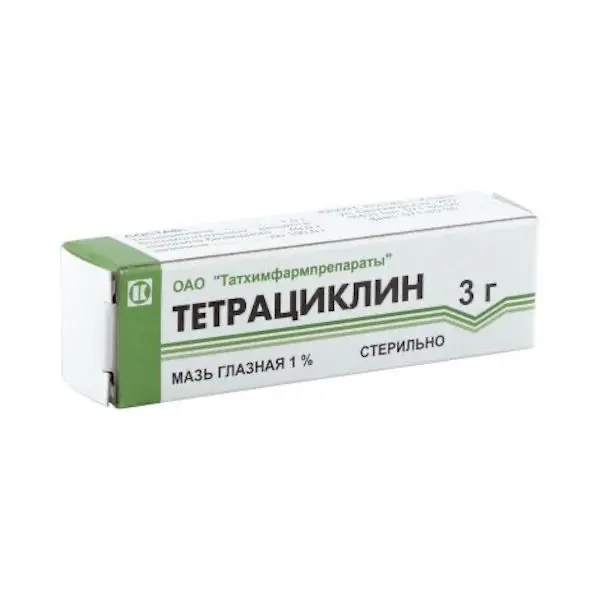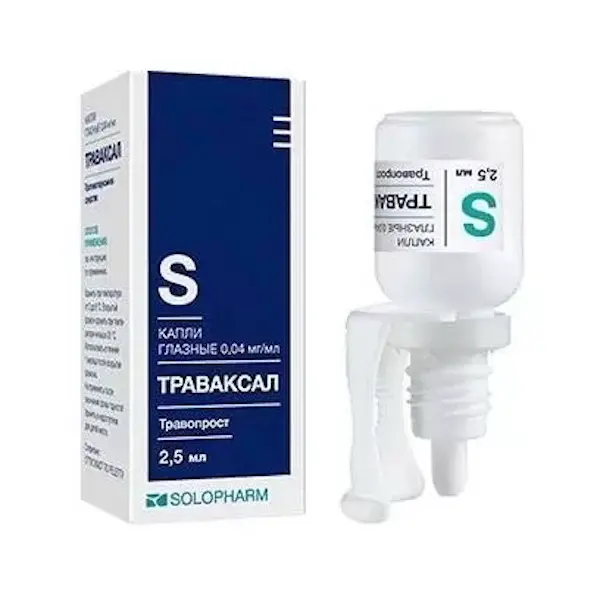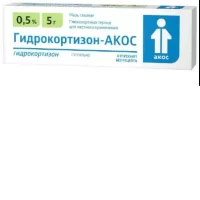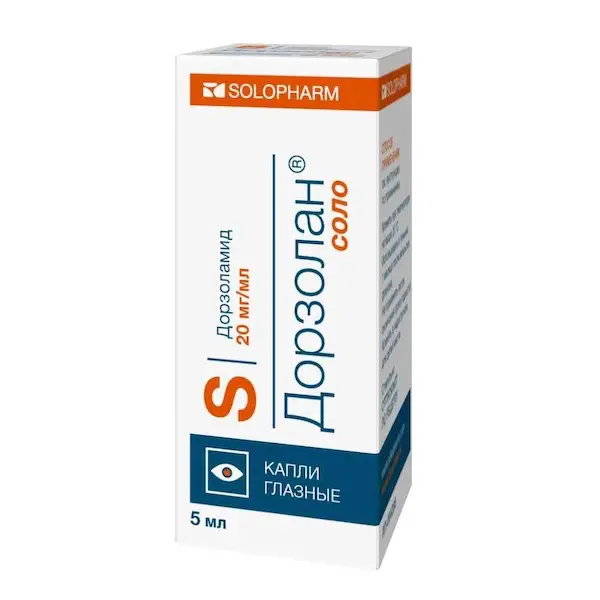Description
Tetracycline ointment Pharmacodynamics
Bacteriostatic antibiotic of tetracycline group. It disrupts formation of the complex between transport RNA and ribosome, which leads to suppression of protein synthesis in the microbial cell.
Active against:
– Gram-positive microorganisms: Staphylococcus spp. including Staphylococcus aureus, including penicillinase-producing strains; Streptococcus pyogenes, Streptococcus pneumoniae (Diplococcus pneumoniae), Bacillus anthracis, Listeria spp;
– Gram-negative microorganisms: Escherichia coli, Haemophilus influenzae, Hae-mophilus ducreyi, Klebsiella pneumoniae, Neisseria gonorrhoeae, Bordetella pertussis, Enterobac-ter spp., Francisella tularensis (Pasteurella pestis), Salmonella spp., Shigella spp;)
– intracellular and other microorganisms: chlamydia tracho-matis, chlamydia spp., Mycoplasma spp., Rickettsia spp., Treponema spp.
Microorganisms resistant to tetracycline: Pseudomonas aeruginosa, Proteus spp., Serratia spp., most strains of Bacteroides spp. and fungi, viruses, group A beta-haemolytic streptococci (including 44 % of Streptococcus pyogenes strains), and 74 % of Enterococcus (Streptococcus) faecalis strains.
Indications
Bacterial (including chlamydial) eye infections caused by microorganisms sensitive to tetracycline – blepharitis, blepharoconjunctivitis, keratitis, kerato-conjunctivitis, meibomitis (barley), trachoma.
Contraindications
– Hypersensitivity to the components of the drug;
– Liver and kidney function impairment;
– pregnancy;
– Breast-feeding period;
– Children under 8 years of age.
Dosage and administration
- Topically.
- Apply a 0.5 to 1 cm strip of the ointment behind the lower eyelid:
- – Blepharitis, blepharoconjunctivitis: 3-4 times a day for 5-7 days;
- – Keratitis, keratoconjunctivitis: 2-3 times a day for 5-7 days. If condition does not improve within the first 3-5 days of treatment, consult a physician;
- – Meibomitis (barley): at night until the symptoms are gone;
- – Trachoma: every 2-4 hours or more often for 1-2 weeks. If inflammatory process subsides, the drug is used 2-3 times a day. Duration of treatment of trachoma should not exceed 1-2 months.





